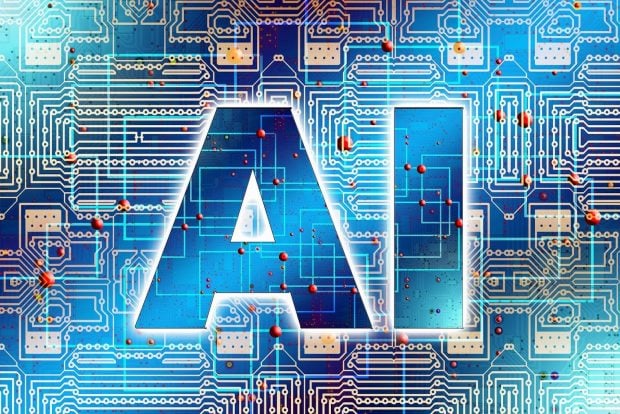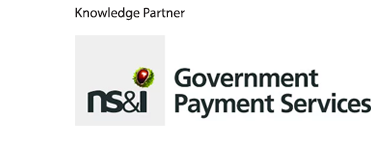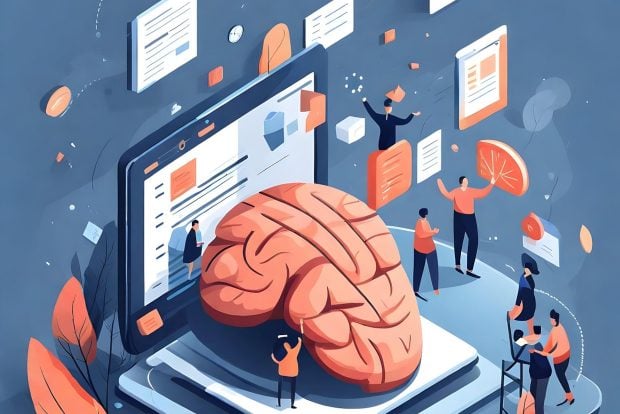Trump administration sets guardrails for AI use and acquisition within government agencies

US federal agencies received two memos on 3 April from the US Office of Management and Budget (OMB) containing guidelines on how to use and procure artificial intelligence in government.
The memos replace earlier guidance on AI use in government put out under president Biden, but retain some of its points.
The first of the new memos sets out guardrails against inappropriate use of AI and urges agencies to observe three priorities – “innovation, governance and public trust” – when ramping up their use of the technology.
These three priorities align with an executive order on AI signed towards the end of Trump’s first term in 2020, which stated that US policy on the technology was to “improve government operations and services in a manner that fosters public trust… build[s] confidence in AI [and] protects our nation’s values”.
Like the Biden administration’s directive, the latest order maintains the work of “chief AI officers” and their council, as well as the application of “minimum risk management practices” to risky or “high-impact” AI.
“When the high-impact AI is not performing at an appropriate level, agencies must have a plan to discontinue its use until actions are taken to achieve compliance with this memorandum. If proper risk mitigation is not possible, agencies must cease the use of the AI,” the memo said.
Examples of high-impact AI include “critical infrastructure” uses, “medical devices”, and “biometric identification”.
The second memo replaces Biden’s guidance on AI procurement but preserves the former administration’s defence of a competitive AI marketplace, which it said “enables the government to acquire the best solutions at lower cost to the taxpayer”.
In addition, the second memo emphasises the importance of procuring American-made AI to promote “human flourishing, economic competitiveness, and national security”.
Another feature of the second memo is a 200-day deadline given to the General Services Administration and OMB to create “a web-based repository” of AI procurement tools.
“Agencies should contribute tools, resources, and data-sharing best practices developed for improved AI acquisition, which may include language for standard contract clauses and negotiated costs for common AI systems and other relevant artifacts,” it said.
Read more: President Trump signs fresh AI directive after revoking Biden order
Trump’s AI record so far
Before the circulation of the two memos, Trump introduced an executive order aimed at solidifying the US as the world leader in AI.
Signed in January this year, the order entitled ‘Removing barriers to American leadership in artificial intelligence’ revoked “certain existing AI policies and directives” that it claimed acted as barriers to innovation. The order stated that removing these policies and directives would clear the way for the country to “act decisively to retain global leadership in artificial intelligence”.
On 20 January, Trump revoked a 2023 order signed by Biden that sought to address the risks posed by AI to consumers, workers and national security.
Biden’s order had required tech firms to submit AI system test results to the US federal government before their release. It also required agencies to embed AI testing standards that incorporated national security risks, and called for deepfakes to be watermarked, and for better protection of intellectual property by regulators and federal law enforcement agencies.
Unlike the Biden administration’s guidance, the latest memos under Trump do not contain AI use cases that pose threats to election integrity, such as deepfake technology or any non-consensual use of someone’s voice or likeness.
A month after Trump’s January order at the AI Action Summit in Paris, US vice president JD Vance said that excessive regulation of AI could “kill a transformative industry just as it’s taking off”, and urged countries to push for “pro-growth AI policies”.
Vance added that the Trump administration opposed suggestions that foreign governments could tighten rules on US tech companies with international footprints, saying America “cannot and will not accept that”.
Read more: US and UK refuse to sign AI pledge





















